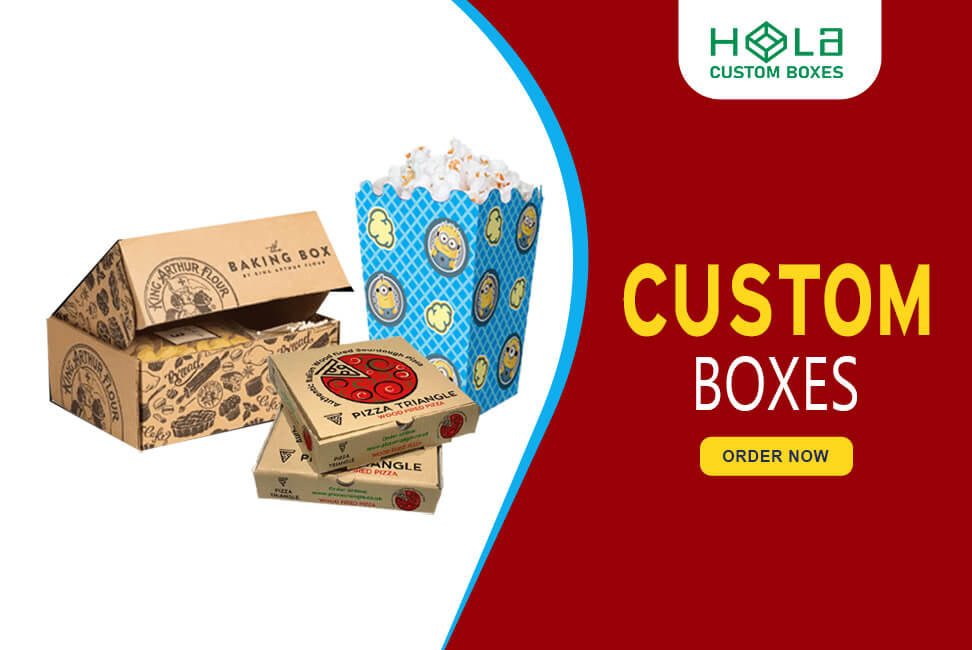3 Affordable Options for Digital Soap Packaging Prints
2025-08-12 12:52:00
3 Affordable Options for Digital Soap Packaging Prints
In the dynamic marketplace of personal care products, the presentation of your goods can be just as crucial as their quality. Soap manufacturers and brands seeking to captivate their audience while adhering to budget constraints must consider cost-efficient digital packaging solutions.
This concise guide introduces three affordable digital printing options tailored for soap packaging: inkjet, laser, and thermal transfer. Each method offers unique advantages in terms of cost, quality, and production speed, enabling businesses to select the most suitable approach.
Inkjet technology provides a versatile choice for vibrant, high-resolution images. Laser printing stands out for its precision and durability. Meanwhile, thermal transfer is optimal for high-volume orders, ensuring consistent quality at reduced costs.
Understanding these options will empower soap producers to enhance their packaging appeal without compromising their financial objectives.
Key Takeaways
- Inkjet printing offers an economical alternative for high-quality digital prints for soap packaging.
- Laser printing provides a cost-effective solution for efficient and precise prints, making it ideal for bulk printing jobs.
- Thermal transfer is a cost-efficient alternative for substantial volumes of packaging and offers durability against moisture and friction.
- Both inkjet and laser printing methods allow for quick turnaround times and contribute to long-lasting prints that resist smudging.
Why Packaging Matters in a Crowded Market
In today’s fast-paced and competitive marketplace, brands need more than just a great product to get noticed—they need packaging that captivates. Custom boxes with logos have the power to turn ordinary items into irresistible must-haves. From vibrant colors that catch the eye to unique shapes that spark curiosity, every design choice can make your brand stand out. Premium materials convey quality, while consistent branding builds trust and loyalty.
Turning Packaging into a Brand Experience
Memorable packaging doesn’t just protect your product—it tells a story and creates an emotional bond with customers. When your design resonates, it inspires sharing, strengthens brand recognition, and makes it easier for consumers to choose you over competitors. In a world full of options, great packaging can be the difference between blending in and shining brightly on the shelves.
Cost-Effective Laser Printing
Laser printing emerges as a cost-effective solution for businesses seeking efficient and precise digital soap packaging prints. This technology is renowned for its high printing speeds and exceptional image resolution, which can significantly elevate product presentation. Unlike traditional printing methods, laser printers use a non-impact process that requires less maintenance and can handle high volumes without compromising on quality or speed.
Furthermore, laser printers often have a higher initial investment but offer lower running costs over time, especially when it comes to bulk printing jobs. This makes them an ideal choice for businesses looking to produce large quantities of soap packaging with consistent branding and information. The use of toner in laser printers also contributes to long-lasting prints that resist smudging, an essential factor for maintaining the integrity of packaging aesthetics.
Bulk Thermal Transfer Deals
For businesses requiring substantial volumes of soap packaging, bulk thermal transfer deals present a cost-efficient alternative with durable print results. This printing method involves applying a heat-sensitive ribbon onto the packaging material, resulting in high-quality, smudge-proof labels that withstand exposure to moisture and friction. By purchasing in bulk, companies can leverage economies of scale, driving down the cost per unit significantly.
Thermal transfer technology also offers versatility in design options, accommodating a wide range of colors and complex graphics. This ensures that even at high volumes, brands do not have to compromise on the aesthetic appeal of their packaging.
Moreover, suppliers of thermal transfer services often provide tailored deals based on volume, further optimizing the budget for companies looking to maximize their investment in custom packaging.
Frequently Asked Questions
Can I Print Unique QR Codes or Serial Numbers on Each Soap Package for Tracking and Authenticity Purposes?
Yes, it is possible to print unique QR codes or serial numbers on each soap package to enable tracking and ensure authenticity, utilizing variable data printing technology during the packaging process.
How Can I Ensure the Environmental Sustainability of My Soap Packaging Print Materials?
To ensure environmental sustainability in soap packaging print materials, opt for recyclable or biodegradable paper and soy or vegetable-based inks. Additionally, consider the packaging's lifecycle and potential for reuse or composting.
Are There Any Digital Print-On-Demand Services That Cater Specifically to Small-Scale or Artisanal Soap Makers?
Several digital print-on-demand services exist that specialize in small-scale production, catering to artisanal soap makers with customizable options and flexible order quantities to align with their unique branding and production needs.
What Are the Best Practices for Designing Digital Prints for Soap Packaging to Maximize Shelf Appeal and Customer Engagement?
Best practices for designing digital prints for soap packaging include utilizing high-quality, visually appealing graphics, coherent color schemes, and clear branding to enhance shelf appeal and foster customer engagement.
How Does the Durability and Water Resistance of Digital Prints for Soap Packaging Compare to Traditional Labeling Methods?
Digital printing for soap packaging generally offers comparable durability and water resistance to traditional methods, with advancements in ink and substrate technology ensuring longevity and resilience in various retail and usage environments.
Conclusion
In summary, the exploration of affordable digital soap packaging print options suggests that inkjet solutions offer flexibility and quality at a reduced cost.
Laser printing delivers durability and speed for medium-volume needs.
Thermal transfer provides the most economical approach for high-volume production.
Each method presents unique advantages that cater to different budget constraints and production scales.
This enables businesses to optimize their packaging strategies while maintaining cost efficiency and visual appeal.
